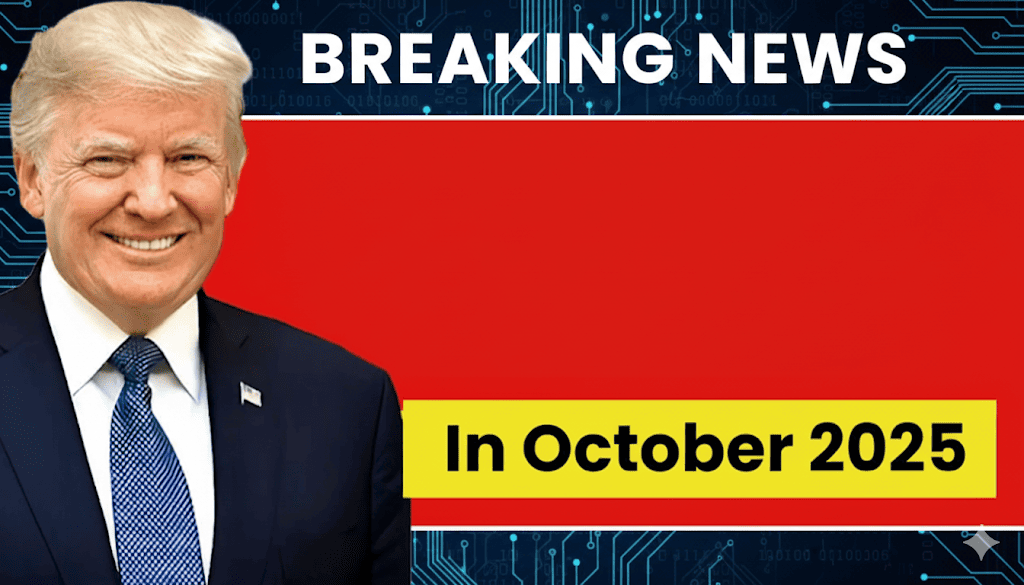In a significant move aimed at reducing federal expenditures, former President Donald Trump has enacted the Rescissions Act, which seeks to eliminate approximately $7.9 billion from the federal budget. This legislation, designed to streamline government spending and address fiscal concerns, has sparked debate among lawmakers and economic analysts alike. The cuts primarily target previously appropriated funds that remain unspent, reflecting Trump’s ongoing commitment to fiscal conservatism during his presidency. As the nation grapples with rising inflation and economic recovery challenges, the implications of these budgetary cuts could be far-reaching, impacting various sectors from healthcare to infrastructure projects.
Overview of the Rescissions Act
The Rescissions Act was introduced amid growing public discontent over federal spending and national debt. By rescinding funds that were initially allocated but not yet disbursed, the act aims to rein in budgetary excesses. The proposed cuts are part of a broader strategy to prioritize essential government functions while eliminating wasteful expenditures.
Key Provisions of the Act
- Targeted Cuts: The act focuses on various programs and agencies, with significant reductions aimed at discretionary spending.
- Focus on Unspent Funds: It emphasizes the rescission of funds that have not been utilized, allowing for a reallocation of resources.
- Legislative Support: The act has garnered mixed reactions from both parties, reflecting differing priorities regarding fiscal responsibility.
Impact on Federal Programs
The cuts outlined in the Rescissions Act will affect a range of federal programs. Some key areas include:
| Program | Funding Cut | Impact |
|---|---|---|
| Healthcare Initiatives | $2 billion | Possible delays in service expansion and access. |
| Infrastructure Projects | $3 billion | Postponement of critical repairs and development. |
| Education Grants | $1 billion | Reduced funding for local educational institutions. |
| Environmental Programs | $1.9 billion | Potential cutbacks in conservation efforts. |
Political Reactions
The passage of the Rescissions Act has led to a polarized response from lawmakers. Supporters argue that the act is a necessary step towards rectifying government spending and addressing the national debt. Conversely, critics contend that the cuts could undermine essential services, particularly in vulnerable communities. House Speaker Nancy Pelosi expressed her concerns, stating that the cuts could have detrimental effects on public health and safety.
Long-Term Economic Considerations
As the nation continues to recover from the economic impact of the COVID-19 pandemic, the long-term effects of the Rescissions Act remain uncertain. Economic analysts warn that while immediate budget relief may be achieved, the act could hinder growth in critical areas such as infrastructure and education, potentially leading to higher costs down the line.
Public Opinion and Future Implications
Public sentiment regarding the Rescissions Act is divided. Some citizens welcome the focus on fiscal prudence, while others fear that essential services will be compromised. Surveys indicate a growing concern over government accountability and the effective use of taxpayer dollars.
The implications of the Rescissions Act extend beyond immediate budgetary concerns. As federal agencies adjust to the new funding landscape, the act may set a precedent for future spending decisions, shaping the government’s fiscal policies for years to come. The ongoing debate surrounding this legislation highlights the complexities of balancing economic recovery with responsible spending.
For more detailed insights into the Rescissions Act and its implications, you can visit Wikipedia or Forbes.
Frequently Asked Questions
What is the purpose of Trump’s Rescissions Act?
The Rescissions Act aims to reduce the federal budget by cutting unnecessary spending, totaling $7.9 billion.
How does the Rescissions Act affect federal programs?
The act targets specific federal programs deemed non-essential, leading to a reduction in their allocated funds and potentially altering their operations.
What is the total amount cut from the federal budget?
Trump’s Rescissions Act cuts a total of $7.9 billion from various federal budget allocations.
Who supports the Rescissions Act?
Supporters of the Rescissions Act argue that it promotes fiscal responsibility by eliminating wasteful spending, appealing to those focused on budget reform.
Are there any criticisms of the Rescissions Act?
Critics argue that the cuts may negatively impact important federal programs, leading to reduced services for vulnerable populations.



